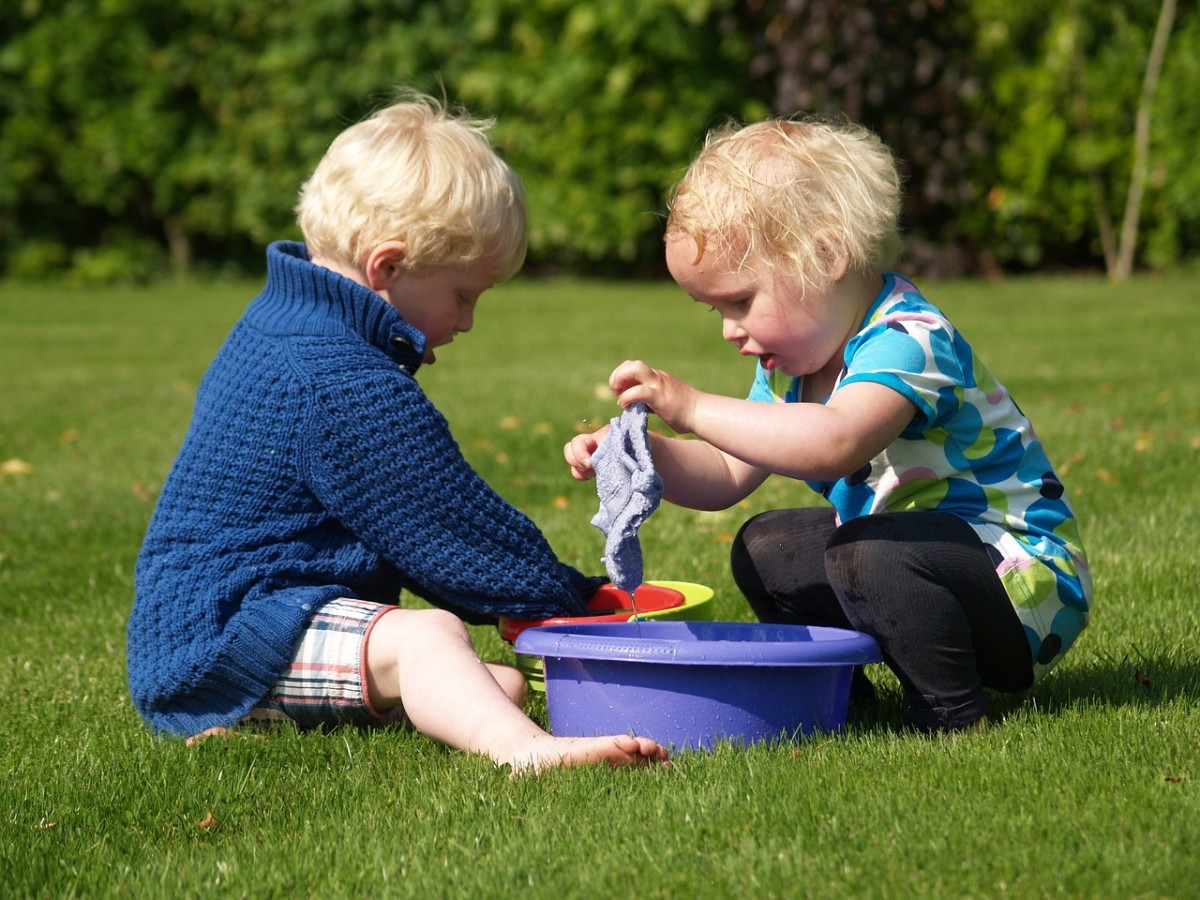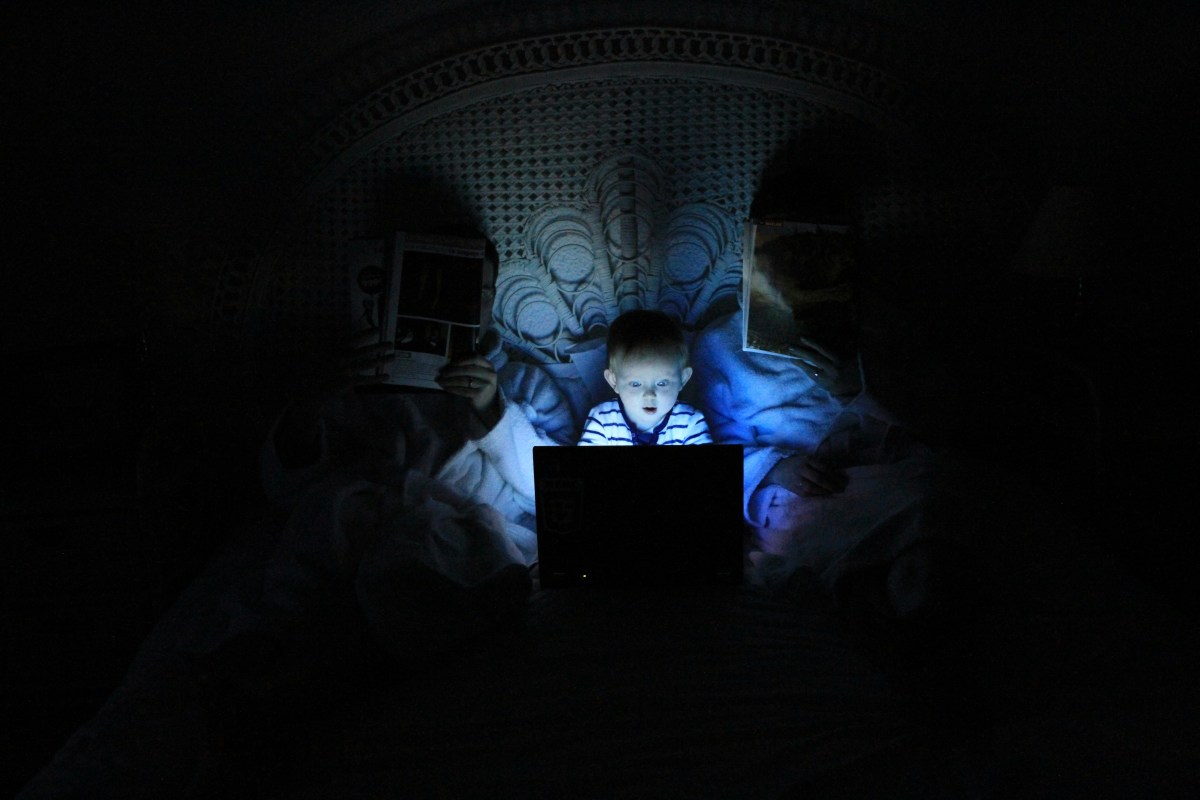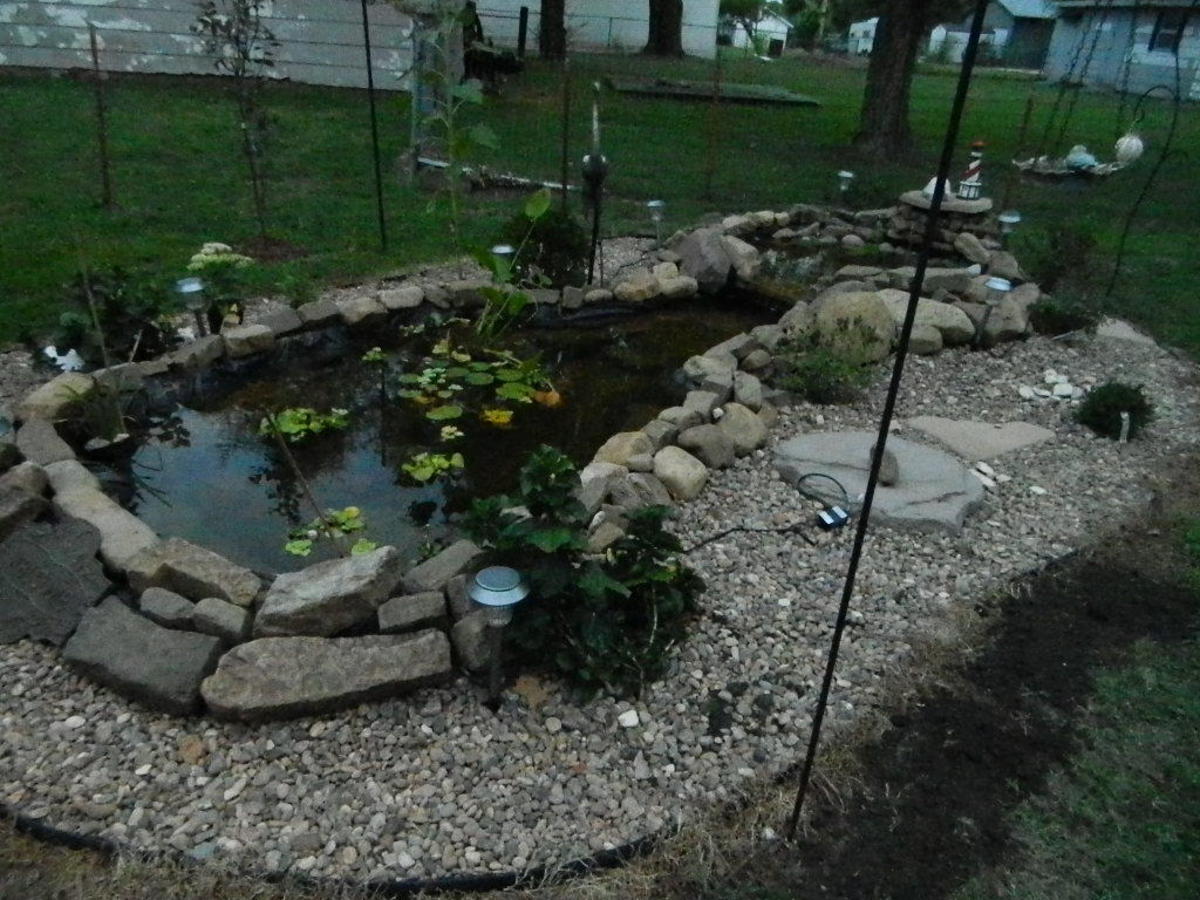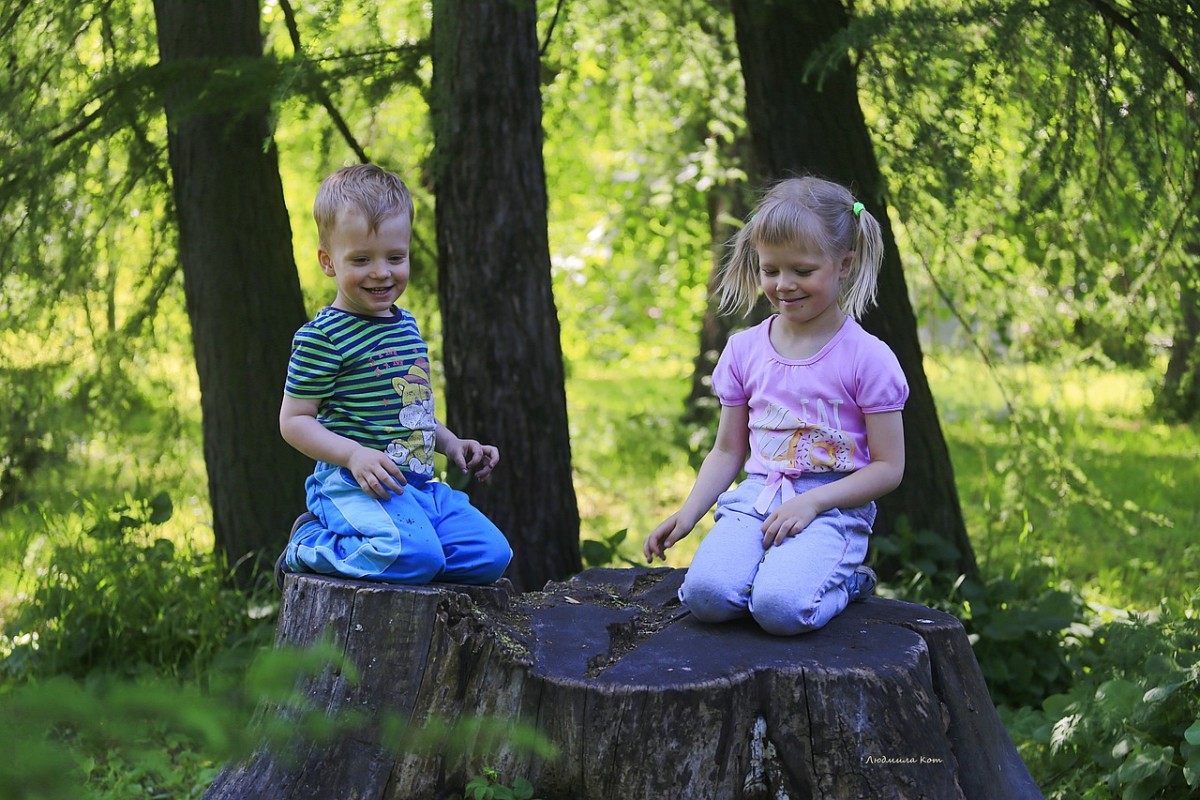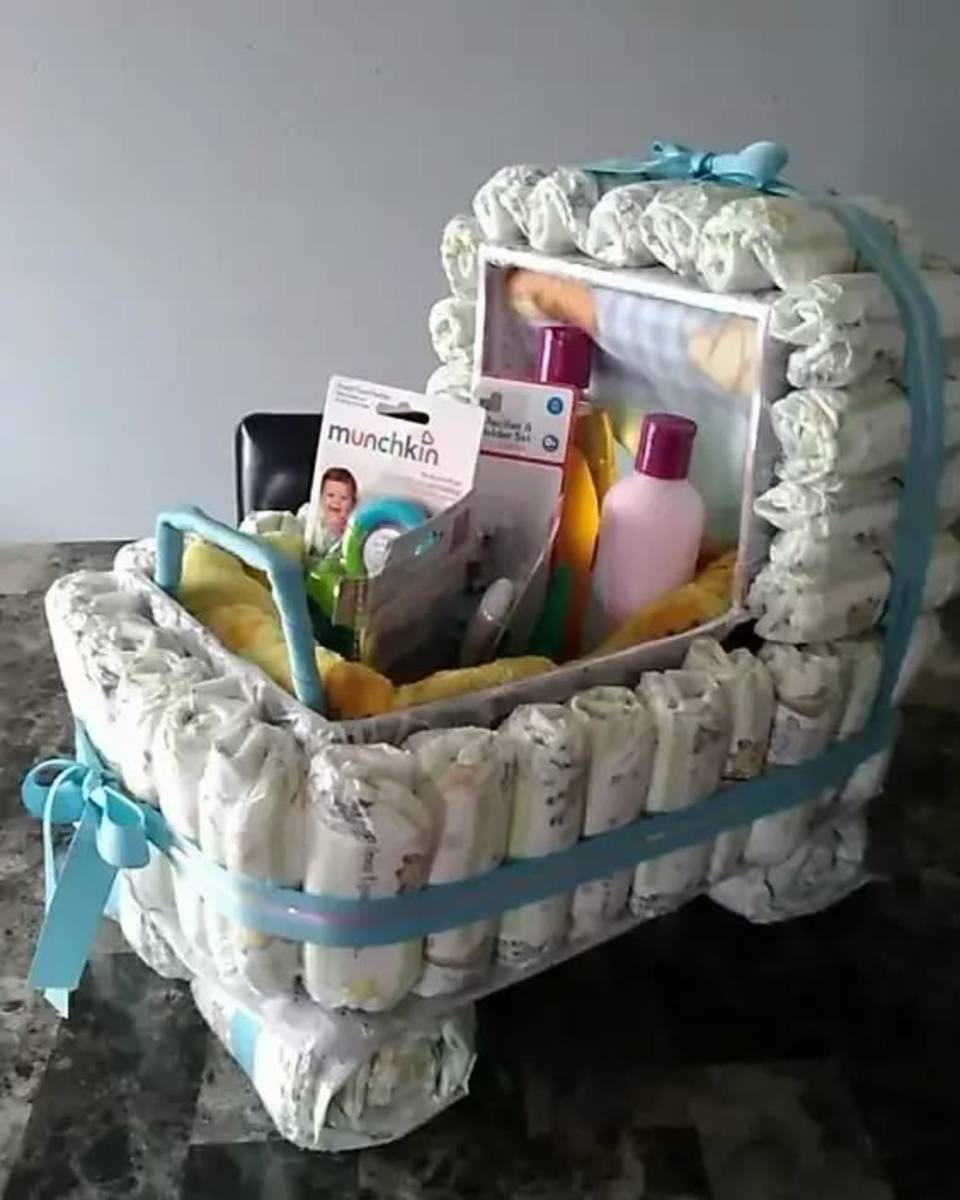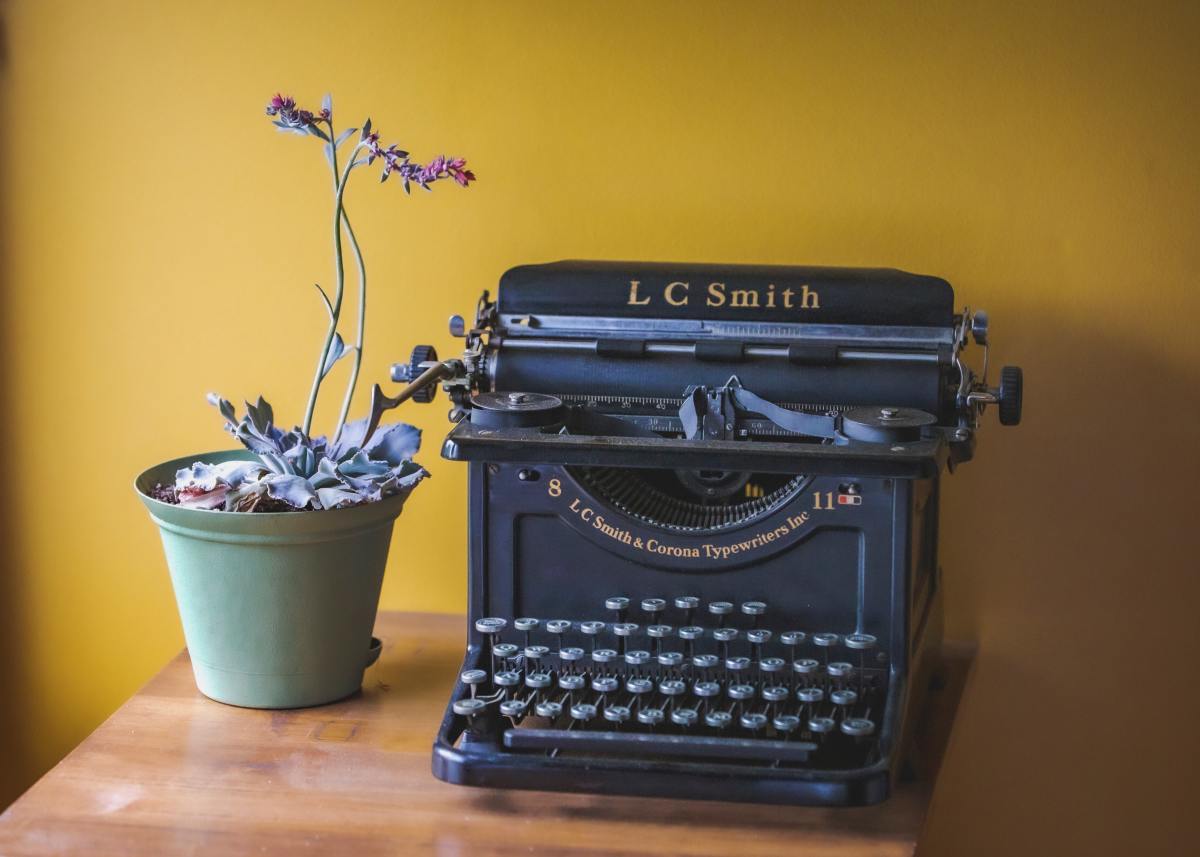How to Make Sure Your Backyard is Child Safe
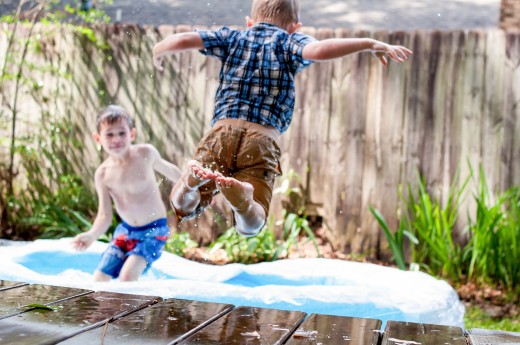
The backyard is an oasis for the family; barbecues, entertaining, summer days spent outside. For kids, the backyard is their space to play and to discover, offering them hours of entertainment. To ensure they don’t hurt or injure themselves the next time they’re outside, it’s a good idea to make sure your backyard is child safe.
We often overlook things that may present as a safety hazard, such as old broken fence palings or sharp sticks and rocks littering the lawn. Follow these quick, easy tips to make the backyard a safer place for the kids to play in.
1. Look out for lawn hazards
Before the kids go out, survey your property and pick up any items that may present a safety hazard. Things like sharp sticks poking out, rocks hidden beneath the grass, even holes or ant mounds. While the older kids may pay a bit more caution if you have toddlers, they can possibly overlook such hazards and end up hurt.
If you have an area of the backyard that’s undergoing work or landscaping, make sure you set clear boundaries for the kids and let them know it’s a ‘no-go zone’. Wood piles, rock ledges, or any other unstable material can easily topple if climbed on, not to mention they’re also a popular home for spiders. Garden or tool sheds and areas out of your direct supervision should also be listed as ‘no play’ zones.
2. Improve the safety of outdoor play equipment
Playsets are designed for kids to play and have fun while in the backyard, but they can also present multiple risks. If your play-set is old, make sure to inspect it for any visible signs of wear & tear.
Play equipment such as trampolines should be paid particularly close attention to, as they carry a high risk of injury. At least eight children per day are injured on trampolines in Australia, with sprains, strains, and fractures reported from either unsafe equipment or misuse.
It’s advised to check the conditions of the mat and net as well as the springs. If there’s any sign of damage, replace it and inform the kids that the trampoline is off-limits. Ensure swing sets are firmly anchored to the ground, and jungle gyms feature secure railings for the kids to hold onto.
3. Keep gardening materials and equipment locked away
Common gardening materials such as fertilizers and lawn care chemicals are dangerous if left somewhere within access to kids. Chemicals such as pesticides are particularly harmful to young children since their nervous systems are still developing.
Chemicals used on lawns and plants can remain in their bodies for decades which is a good reason why you don’t want to be using these harmful chemicals anywhere kids will be playing and interacting. Make sure that all lawn and plant chemicals are clearly labeled and stored away out of reach from the kids, preferably in a locked cabinet.
Kids are also often attracted to power tools and common garden utensils such as shovels or hammers. While it’s fine to let them ‘help out’ under your guidance and supervision, when you’re not there it’s essential to store and lock away all gardening equipment in the shed.
4. Remove poisonous or hazardous plants
Some garden-variety plants and flowers can actually be poisonous if ingested. If you have young kids, the lure of a flower may lead to accidental swallowing of the plant which can be harmful. Plants which are poisonous if ingested include daffodils, rhododendron, azalea, hydrangea, water hemlock, holly, nightshade, and foxglove.
Climbers like poison ivy may appear harmless but often results in rash-like symptoms along with swelling, itching, blisters and difficulty breathing. Have a thorough look in your backyard for any plants which may be harmful, and if you aren’t sure of the variety, you can check with your state’s Poisons Information Centre.
Thorny variety of plants such as roses and cacti can be unsafe around young children or toddlers, so think about pointing out these dangers and teaching your kids to avoid these areas when they’re playing outdoors.
5. Install a fence
If you have a pool in the backyard, it must be properly and securely fenced. Depending on your state or territory, it is the law to fence your pool. Australia has some strict pool fencing laws and regulations, so it’s wise to check out your specific state’s regulations to ensure that your pool is safe and compliant. Children who are left unsupervised near a pool have a greater risk of drowning. In fact, children under the age of five are most at risk of drowning death and injury.
Along with a secure pool fence, make sure that it comes complete with a self-closing and self-latching gate, and keep any objects such as chairs or pool toys at least a meter away from the fence line to prevent kids from climbing over.
For a safe backyard for the kids to play in, a secure and fully-enclosed fence line is essential. As with a pool fence, your backyard fence should be outfitted with self-closing and self-latching gates to ensure kids and pets remain in the yard.
Investigate the perimeter of your property to ensure there’s no falling fence paling, holes, or gaps for kids to crawl through. In older wooden fences, be on the lookout for any protruding nails or sagging fence posts, and if needed, repair or arrange to install a new fence immediately. Lastly, if you are looking for further fence ideas, the Milwaukee Rent Report may provide inspiration for fence ideas, property, and rental valuation.

